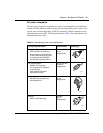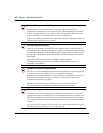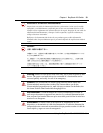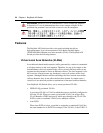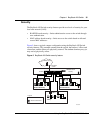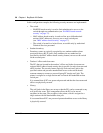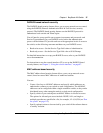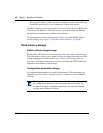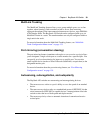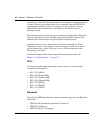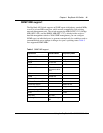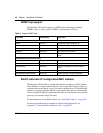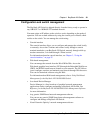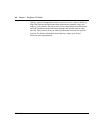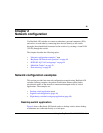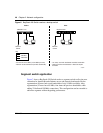
Chapter 1 BayStack 420 Switch 39
Using the BayStack 420 10/100/1000 Switch
MultiLink Trunking
The MultiLink Trunking feature allows you to group multiple ports, two to four
together, when forming a link to another switch or server, thus increasing
aggregate throughput of the interconnection between two devices, up to 800 Mb/s
in full-duplex mode. The BayStack 420 Switch can be configured with up to six
MultiLink Trunks in a stack. The trunk members can only be configured within a
single unit in the stack.
For more information about the MultiLink Trunking feature, see “MultiLink
Trunk Configuration Menu screen” on page 133.
Port mirroring (conversation steering)
The port mirroring feature (sometimes referred to as conversation steering) allows
you to designate a single switch port as a traffic monitor for a specified port. You
can specify port-based monitoring for ingress to a specific port. You can also
attach a probe device (such as a Nortel Networks StackProbe, or equivalent) to the
designated monitor port.
For more information about the port mirroring feature, see “Port Mirroring
Configuration screen” on page 139.
Autosensing, autonegotiation, and autopolarity
The BayStack 420 switches are autosensing and autonegotiating devices:
• The term autosense refers to a port’s ability to sense the speed of an attached
device.
• The term autonegotiation refers to a standardized protocol (IEEE 802.3u) that
exists between two IEEE 802.3u-capable devices. Autonegotiation allows the
switch to select the best of both speed and duplex modes.
• The term autopolarity refers to automatic detection of transmit and receive
twisted pairs.



